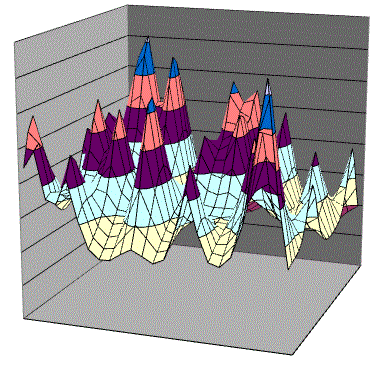Clinical Trials Risk Management
Why are clinical trials so difficult to manage? Why do they present a plethora of risks, many difficult to identify but with large impacts? The reason is twofold: rigor and complexity.
- Rigor: Clinical trials require rigorous design and execution to produce meaningful results, scrupulous standards to realize the ethical standards for experiments with human subjects, strict compliance with regulations, and high standards, infused throughout a trial, to gain regulatory approval.
- Complexity: Clinical trials comprise multiple levels of phenomena: the disease mechanism, safety and efficacy, PK/PD, biomarkers, the disease (multiple variations, each with several stages and symptoms varying with patients' histories), multiple endpoints, varied patient populations and subpopulations, multitudinous and geographically diverse sites, and a manifold business environment that includes patients, physicians, payers and regulators. Each level is complex by itself, and each level interacts with other levels.
The main technique for creating rigor is planning: data plans, training plans, monitoring plan, statistical analysis plans, safety plans, medical monitoring plans, quality plans, and others. What happens when planning meets complexity?
Before answering this question, let's briefly describe risk management for clinical trials. Planning identifies risks. A project management team collects the risks for centralized evaluation, monitoring, and reporting. A scoring model evaluates the risks. Typically, it has two attributes, one that measures the likelihood of occurrence and one that measures the magnitude of impact. A three-category scale (red-yellow-green) measures each attribute. The project team allocates resources to mitigates the high scoring risk. It then monitors risks and milestones, adjusting scores, and resource allocation throughout a project's implementation.
Planning has its own needs, goals, and difficulties, so while creating a plan, a team might miss important risks and identify spurious ones, resulting in a poor set of risks to monitor.
The evaluation is problematic as well. The coarse scales of risk matrices, (red, yellow, and green or high, medium, and low) cause prioritization errors so that some smaller risks are ranked higher than some significant risks.
Decision analysis can improve the identification and evaluation of risk via its framing, analysis, and annealing:
- Framing: This exercise, often performed in workshops, identifies the key information, goals, facts, decisions, alternatives, uncertainties, and risks for a task. While it produces categorized risks, framing goes further by producing influence diagrams. These diagrams, embodying a group's knowledge, present relationships, show where uncertainty resides and reveals how uncertainty propagates through a situation to affect results.
- Analysis: To evaluate risks, build the influence diagrams into models. Then identify the most impactful risks by using sensitivity and Monte Carlo analysis, and using value of information calculations, show where additional information can create the most value, either by improving plans or by mitigating risks.
- Annealing: This technique helps you build robust plans. Using the models that decision analysis produces, you adjust parameters and assumptions until your plan fails (breaks). You then adjust your plan to prevent that mode of failure. By repeating this process with other parameters, you create a plan that can withstand surprises and adversity. Furthermore, having seen many ways that a plan can ail, you can monitor implementation to catch problems early, when they are small.
Adding learning and adapting to plans
Despite thorough, rigorous planning, the enormous complexity of diseases, medicine, and healthcare can eclipse the best clinical trial designs and protocols. Plans and reality differ, so when implementation occurs, surprises arise.
The surprises include adverse events and decision errors, and while some surprises are beneficial, gaps between plans and reality typically degrade performance. However, studying adverse events fosters learning that can improve the current and future plans.
If you wish, kindly share your thoughts by using the form below, via phone (503.332.4095) or LinkedIn. Your concerns, thoughts, and ideas are the most important ones.
